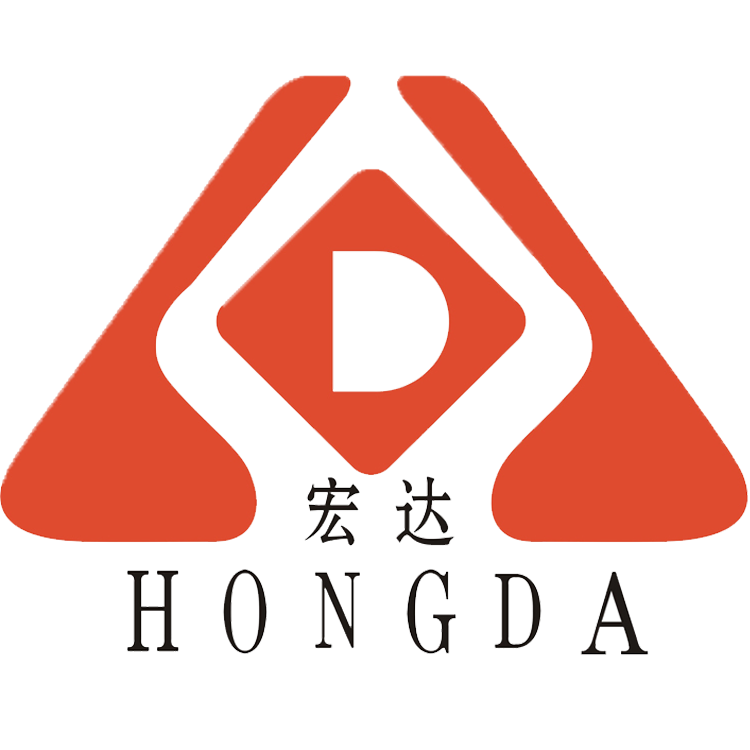Are Quercetin Supplements Safe?Issuing time:2022-09-05 10:18 Is Quercetin Safe? Sophora japonica extract quercetin is safe and as a dietary supplement, it is safe with few side effects. However, if the daily dose exceeds 1000 mg, it may cause mild headache, stomach pain or body tingling, so it should be taken in moderation. What is Quercetin? Quercetin powder is the main active ingredient in Sophora japonica. Quercetin is a flavonoid compound that can activate the muscles and meridians, prevent lipid peroxidation in the body, effectively fight free radicals, and inhibit leukemia, prostate cancer, and colorectal cancer, For the growth and reproduction of various cancer cells such as liver cancer, breast cancer, and tumors, quercetin powder is also a natural vegetable dye, which can not only be used as a natural pigment for food but also a dye for textiles. So, what are the health benefits of quercetin? What are the benefits of quercetin as a new type of pharmaceutical raw material and dietary supplement, according to research? 1. Quercetin Helps Fight Inflammation Studies have shown that sophora quercetin can reduce the inflammatory markers of human cells (tumor necrosis factor and interleukin molecules), and for rheumatoid arthritis disease, it can quickly and effectively relieve the stiffness of the legs and feet of patients with rheumatic diseases, after exercise. Pain, difficulty walking, etc., is an effective supplement to treat inflammation; 2. Sophora japonica extract is good for allergy relief Quercetin and rutin in Sophora japonica extract have potential anti-allergic properties, which can block inflammation-related enzyme factors, inhibit the production of chemical substances, and relieve allergic symptoms; 3. Quercetin is good for fighting cancer Quercetin is an antioxidant that can inhibit the growth of prostate cancer cells and induce apoptosis of cancer cells. It has effects on the liver, lung, breast, bladder, blood, colon, ovary, lymphatic and adrenal cancer cells. and prevention of human cancer distress; 4. Quercetin and Rutin are beneficial in reducing chronic brain tumors Studies have shown that quercetin is beneficial in preventing degenerative brain diseases (Alzheimer's disease and Alzheimer's syndrome), stimulating the nervous system, relieving nerve pressure in the brain, and effectively preventing and reducing chronic brain tumors; 5. Rutin is good for lowering blood pressure Quercetin is good for lowering blood pressure, relieving vasoconstriction and relaxation, regulating blood acid-base balance, balancing blood concentration, and effectively lowering blood pressure; 6. Quercetin is good for anti-aging Quercetin is a natural antioxidant factor that helps eliminate aging and damaged cells, helps fight age, accelerates skin metabolism, increases skin collagen, and prevents skin aging; 7. Quercetin Benefits Against Depression Sophora japonica extract quercetin can increase the content of γ-aminobutyric acid and glutamic acid in the brain, improve the excitement of the brain, enhance the ability to act, reduce the active factor of anxiety in the brain, and effectively fight depression. What is the difference between quercetin, quercetin dihydrate, and quercetin anhydrous? I believe that many industry insiders in the extract industry may not be able to distinguish several quercetins, so I will explain their differences in detail: 1. Concept: Quercetin on the market generally refers to quercetin dihydrate. Quercetin dihydrate is because there are two crystal drinks of water in the molecular structure, and anhydrous quercetin is the two crystal drinks of water in the molecular structure. Removed, that is, the product of the hydrogenation of the double bond at the 2 and 3 positions in the quercetin nucleus. 2. Solubility: quercetin dihydrate and quercetin anhydrous are almost insoluble in water, and dihydro quercetin after hydrogenation of the double bond of quercetin is soluble in water. 3. Plant source: Anhydrous quercetin is obtained by dihydrate quercetin becoming anhydrous at 95-97 degrees Celsius, and the two crystal glasses of water are removed, and their sources are sophora japonica; dihydroquercetin has two kinds. There are various sources, one is obtained by hydrogenating the double bonds at the 2 and 3 positions in the nucleus of quercetin, and the other is extracted from larch tree segments. 4. Properties: quercetin dihydrate, quercetin anhydrous, and dihydro quercetin are all yellow powders, and the color of dihydroquercetin is slightly brighter and lighter. Which foods also contain quercetin? Quercetin occurs naturally in many plant foods, especially in the outer layer or peel. Good food sources include capers, peppers, onions, shallots, asparagus-cooked, cherries, tomatoes, red apples, red grapes, broccoli, kale, red lettuce, cranberries, blueberries, raspberries, etc. |

